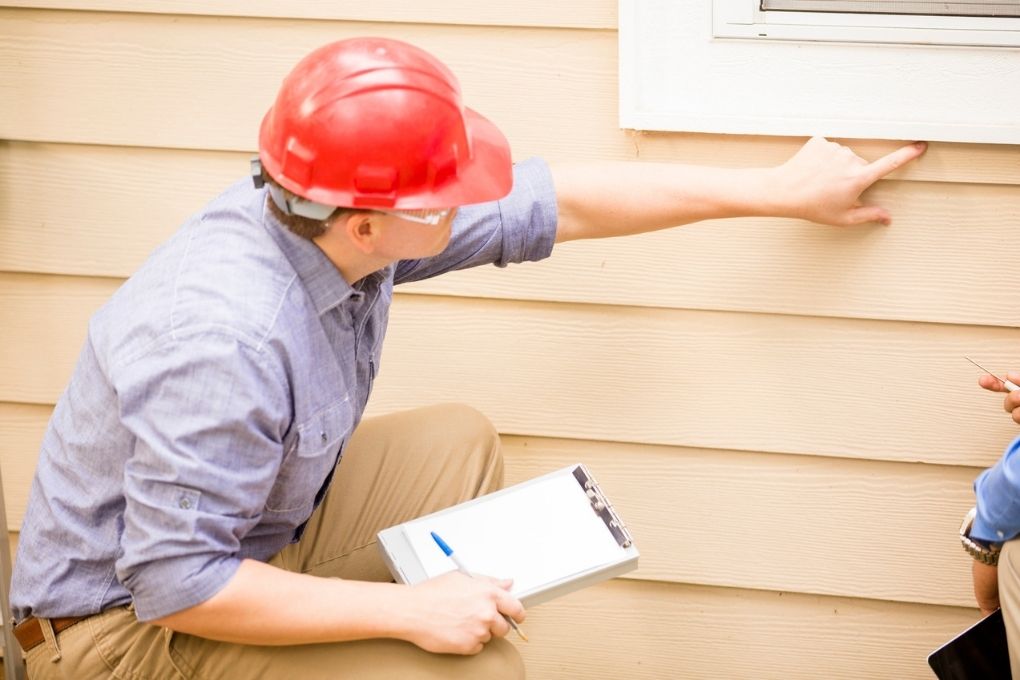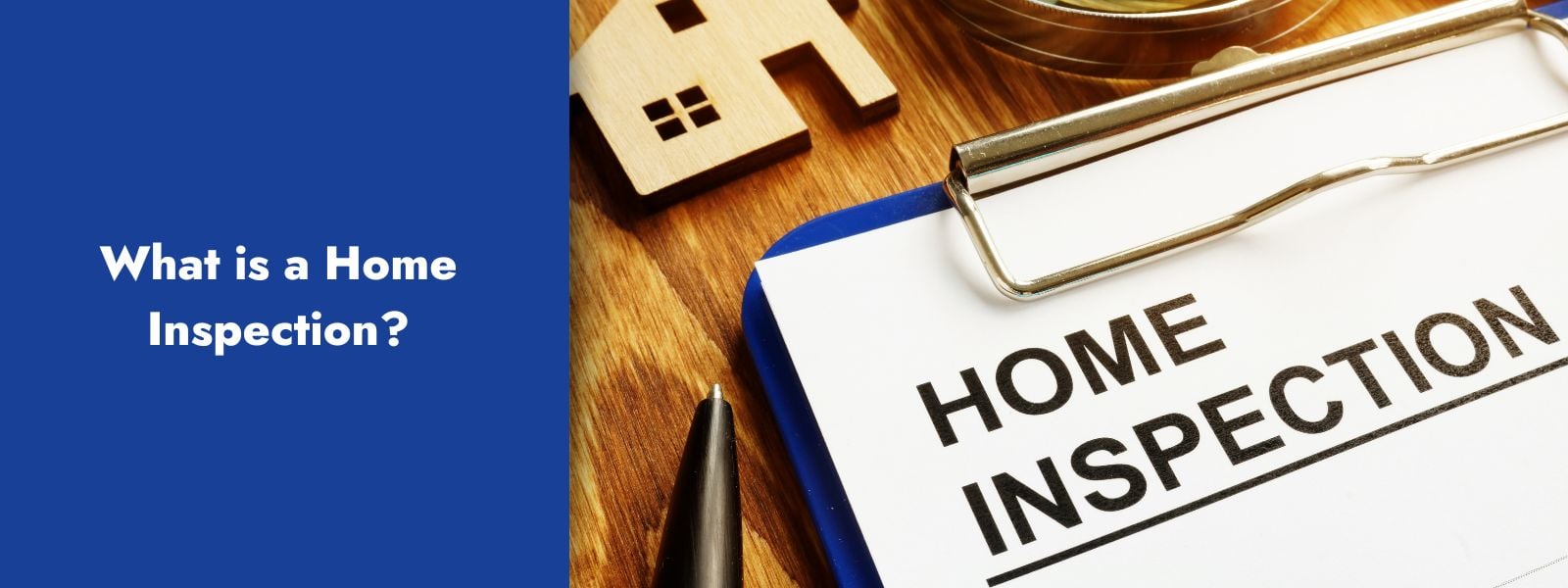What to Get Out Of Home Examination: a Comprehensive List and Its Value
Understanding what to anticipate from a home inspection is necessary for both purchasers and vendors in the real estate market. A comprehensive assessment supplies an in-depth checklist that analyzes vital parts such as architectural integrity, significant systems, and total residential property problem. This process not just reveals possible covert problems but additionally plays a significant duty in discussing reasonable terms (Home Inspection Lockhart). As we explore the ins and outs of this list and its wider effects, it comes to be clear that the risks are high-- how can you ensure you are well-prepared wherefore lies in advance?

Relevance of Home Inspections
The significance of home evaluations can not be overemphasized, as they act as a crucial protect for both buyers and vendors in the property market. For buyers, a home inspection provides an unbiased assessment of the home's condition, exposing potential issues that may not be visible during an informal walkthrough. This procedure aids customers make notified decisions and work out repairs or price adjustments before closing, inevitably safeguarding their investment.
Conversely, sellers can profit from home assessments by attending to problems proactively before listing their property. This can boost the home's bankability and potentially quicken the sales procedure. A pre-listing assessment can also instill self-confidence in potential buyers, as it shows transparency and a commitment to keeping the residential property.
Furthermore, home inspections add to the general safety and habitability of houses. By identifying architectural, electrical, or pipes problems, they ensure that homes adhere to safety criteria and guidelines. This not only secures the owners however also maintains the integrity of the property market. In summary, home assessments are an essential part of realty purchases, offering critical insights that cultivate count on and openness among all celebrations entailed.
Key Parts of the List
A detailed home inspection checklist includes a number of key components that make sure a complete examination of a home's condition. The initial component is the structural integrity, which consists of the assessment of the structure, wall surfaces, and roofing system for any signs of damage or wear and tear. Next off, the list addresses significant systems such as plumbing, electric, and a/c, evaluating their capability and safety and security.
An additional crucial area is the exterior of the home, which involves examining siding, home windows, doors, and roofing materials for wear and potential leaks. The list additionally covers indoor components, consisting of floor covering, wall surfaces, ceilings, and insulation, to determine any type of problems that might impact comfort or security.
Additionally, the checklist frequently includes an evaluation of appliances, guaranteeing they remain in excellent working order. Finally, the examination ought to evaluate outdoor rooms, consisting of outdoor patios, decks, and driveways, to evaluate their problem and security. Each of these components plays an essential function in providing a thorough understanding of the building, eventually aiding possible buyers in making educated choices about their financial investment.
Common Concerns Discovered
Generally, home assessments reveal a selection of issues that can vary from minor repair services to significant safety and security issues. One widespread problem is the visibility of water damage, commonly originating from leaking roof coverings, plumbing failings, or not enough drain systems. Such damages can lead to mold and mildew development, which positions wellness risks and might call for comprehensive removal.

One more usual searching for entails electric systems. Out-of-date wiring, overloaded circuits, or inappropriate grounding can create fire risks and demand instant interest. Additionally, problems with a/c systems, such as insufficient maintenance or age-related inefficiencies, can affect convenience and power expenses.
Architectural worries like broken structures or compromised framing are likewise frequently kept in mind. These concerns can lead to major repercussions otherwise resolved without delay. Additionally, bugs such as rats or termites might be uncovered, indicating the potential next page for significant property damages.
Last but not least, the condition of doors and windows often comes under examination. Poor seals can lead to energy loss, while damaged frames or glass can affect security and looks. Identifying these common problems during a home evaluation is important for informed decision-making and making sure the security and durability of the building.
Planning For the Assessment
Preparation is vital for a successful home inspection, ensuring that both customers and vendors can navigate the process with self-confidence. Begin by setting up the assessment at a mutually hassle-free time, enabling appropriate ease of access to the residential or commercial property. For sellers, it is suggested to declutter and cleanse the home extensively, as a neat environment can favorably influence the inspector's analysis.

For customers, preparing requires putting together a list of specific problems or areas of passion to go over with the examiner. It is advantageous to come with the examiner during the walkthrough, as this supplies direct insight right into the residential property's condition. Making sure that all energies are functional can help the examiner in carrying out a comprehensive examination. By taking these primary steps, both celebrations can set the stage for a complete and reliable home inspection experience.
Post-Inspection Actions
After the inspection is total, both vendors and buyers must take specific actions to address the findings. For buyers, the initial action is to meticulously assess the assessment report, noting any significant problems that might influence their decision.
Sellers, on the other hand, should examine the searchings for to determine which Continued problems they can attend to before settling the sale. Dealing with small repair work can boost the property's charm and possibly bring about a greater list price. Vendors might pick to reveal issues to potential customers, promoting openness and count on.
In instances where considerable repair work are required, both celebrations may profit from obtaining quotes or quotes from certified contractors. It is important for both buyers and sellers to maintain open lines of communication throughout this procedure to make certain a smooth purchase.
Final Thought
Home examinations offer as a vital part in the real estate deal procedure, guaranteeing a thorough assessment of a building's problem. Inevitably, the relevance of home browse around this site inspections can not be overstated, as they promote notified decision-making and add to a smoother genuine estate experience.
For buyers, a home evaluation offers a neutral analysis of the home's problem, disclosing possible concerns that might not be noticeable throughout a laid-back walkthrough.On the other hand, sellers can benefit from home examinations by resolving concerns proactively prior to providing their residential property (Home Inspection Lockhart).Frequently, home assessments reveal a variety of concerns that can vary from minor repair services to substantial security issues. Identifying these usual problems throughout a home examination is vital for notified decision-making and ensuring the safety and security and durability of the residential or commercial property
Preparation is necessary for a successful home inspection, making sure that both sellers and buyers can navigate the procedure with confidence.